Below is the detailed article that stresses on the legacy of Queen Victoria, times during her reign and appraisals of her wit, courage, intelligence and decisive power.
How was England in the 1800s before Queen Victoria?
The Coronation of Queen Victoria
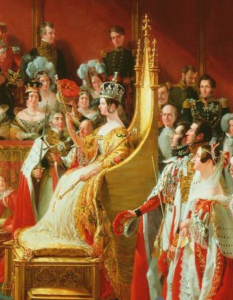
After the death of King William IV, Victoria became Queen Victoria at the tender age of 18. She represented a generation of young, confident, yet learning people. After her Royal Coronation that was quite a huge affair in the entire monarchy of England in British History, she moved from Kensington Palace to the Buckingham Palace which is the official royal residence in London.
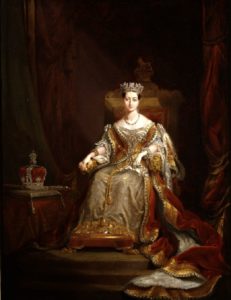
After coming to powers, she banned Sir John Conroy from the courtyard. His set of rules in the Kensington System made her life exhausting and she also maintained distance from her mother which gave her more of private time, something she longed for as a child.
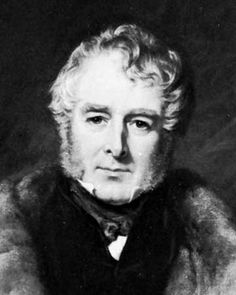
She had close relations with Lord Melbourne, her first time Prime Minister. She was charmed by him and admired him but also considered him as a father figure. With his guidance and excellent pathways, Queen Victoria became the richest woman in the world after the Parliament gave her an annuity of more than 380000 pounds.
The Bedchamber Crisis of 1839
It was time for Lord Melbourne to step down from the post of the Prime Minister because of receiving only 5 votes from the House of Commons. This made the Whig party fall apart and young Queen Victoria was distraught. Not only that, the Tory party had Robert Peel as the upcoming Prime Minister, however, this party was weak structurally but the only option to go with.
Queen Victoria was 20 years old at the time and had for herself the ‘Bedchamber Ladies’, a title given to the ladies- in- waiting for the post of the personal attendant of the Queen.
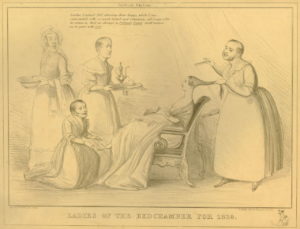
Most of these ladies were wives of the Whig party politicians which is why Robert Peel objected that there be a re-election of these women otherwise he would not form the new government. Since these ladies were close friends and associates of Victoria, she refused to dismiss any of them.
Therefore, Lord Melbourne stayed on the post and could not step down anymore. This was highly criticized by the press and the public. The people accused the Queen to have favored the Whigs over the Torys and many other accusations came forward.
Prince Albert of Saxe – Coburg, and Gotha
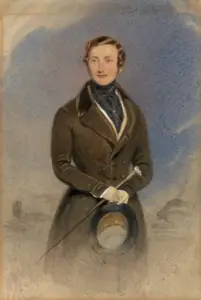
He was also born to a family that ruled in the European monarchy. He was born in Germany and had an elder brother Ernest. His parents were going through a tough marriage when the brothers were each other’s refuge. Their mother had another marriage and never saw her children again and soon died of cancer in 1831. Their father also had another marriage.
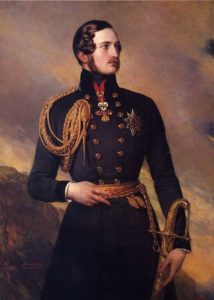
He was privately home-schooled by Christopher Florschutz and then moved to Brussels to complete his further education. He had many tutors there as well. Albert went to the University of Bonn and specialized himself in law, politics, economy, and the history of art. He was taught by different philosophers and poets.
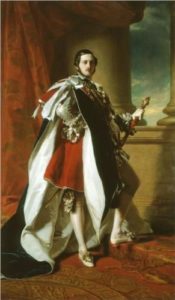
He loved music and was also excellent at sports. Riding was his major hobby.
The Royal White Wedding
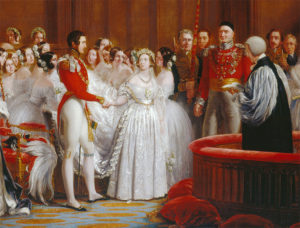
Queen Victoria met Prince Albert in the year 1839 when he visited Britain. She proposed to him as the head of the state and exactly the following year, the young couple got married. The typical western Royal Wedding was quite a traditional affair. She wore a large white wedding dress and cut a wonderful tiered cake that actually started the tradition.
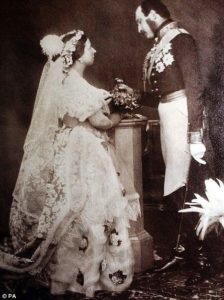
They married on the 10th of February in the year 1840, at the Chapel Royal, St James Palace in London.
The relationship was passionate and Victoria was heavily reliant on the Prince Albert Consort for many decisions and activities. He was her moral tutor and also an important political advisor to her. He replaced Lord Melbourne in that regard and they had quite an intimate relationship throughout.
Survival in attempts of Assassination
Being an important figure in the royal family comes with its vices and virtues. The queen has had to undergo many such events wherein there have been assassination attempts over her. Since, she was a woman who rode in open carriages and liked being closer to her people and enjoyed giving them the sense that she is accessible, it made it easier for her predators to aim at her directly in a crowd or in an open gathering.
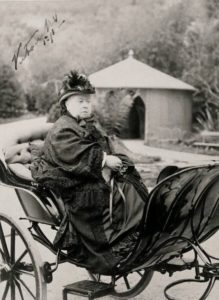
Throughout her entire lifetime, she has had eight attempts to kill or assault her.
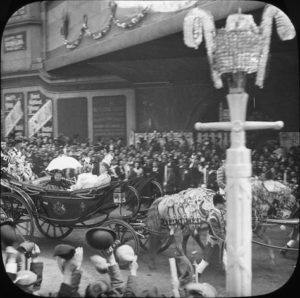
The first attempt was made in 1840 by Edward Oxford who shot two bullets at her while she was pregnant and in a carriage with her husband. They were outside the Buckingham Palace. He was taken to the ground immediately and later declared him insane and kept him in an asylum for 24 years and finally deported him to Australia.
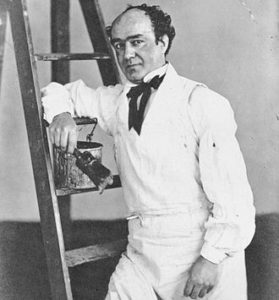
Another attempt took place in the next two years in 1842. However, in this case, the weapon failed to fire the bullet at the young queen. The same man attempted to kill her the very next day and was declared to be hung but Queen Victoria changed the sentence to banishment for life.
Another attempt took place where the killer tried to shoot the gun in public but was seen by a fellow human in the Queen’s procession. The London police looked for him all over and finally found him and sentenced him to the hard labor of 18 months.
However, many of these have been declared to be mentally ill and sent to asylums for the rest of their lives.
These events show how strong Queen Victoria has been throughout and how she would never refuse to go out again after something has happened before. She truly portrayed the strength and wit of the monarchy.
Private Residence of the Monarchy – Scotland
After two and a half years of their marriage, Queen Victoria and Prince Albert went to Scotland to pay a visit. The wonderful highlands and the serene atmosphere reminded Prince Albert of his home in Germany. Queen Victoria always promoted monarchy in Scotland.
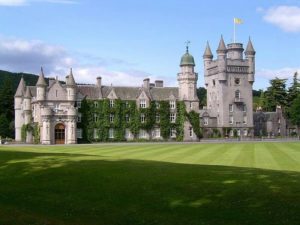
Prince Albert purchased the Balmoral Castle, near River Dee in the civil parish for Queen Victoria and she made it the royal residence of the monarchy in Scotland. It is the perfect example of a neo-gothic architecture and interiors. Queen Victoria was so fond of this place that she also wrote a book – Highland Leaves, describing the times of her life there and basically promoting tourism in Scotland.
Parliamentary Reforms by Queen Victoria
The Victorian era is known for its many reforms and revolutions in the field of arts, science, politics, etc. She along with Prince Albert is known to have revolutionalized the structure of Great Britain and its colonies to the culture of today.
The first tradition started by her was the making the Buckingham Palace the royal residence. It remains the home to the next five monarchs and to Prince Charles and Prince William to date.
When the Palace of Westminster was rebuilt after the great fire in 1834, there was a State Opening of the Parliament where she declared many new reforms. All the protocols laid down by her have been followed by the British monarchy from then until today.
The Ideal Constitutional Monarchy
Together Victoria and Albert portrayed what it means to be a true monarch. They were the stem to the growing republican movement in England.
Albert took a keen interest in the educational development of England and contributed most of his time into building and forming educational museums while Queen Victoria was a patron to 150 institutions and a large number of charities. They went on civic visits to different towns and made military reviews and supported the armed forces of Great Britain.
They followed the policy of being within the people to understand their lives and see what positive changes can be brought about.
The Crimean War
The Crimean War was a series of wars that took place for 3 years beginning from 1853 to 1856. It is also called the Eastern War. It was fought with a combined alliance of the Ottoman Empire, France, Britain, and Sardinia against the Russian Empire. The cause of the war revolved around the rights of the Christian minorities in the holy land of Jerusalem. The French were in favor of the Roman Catholic rights, however, the Russians were in favor of the Eastern Orthodox Church.
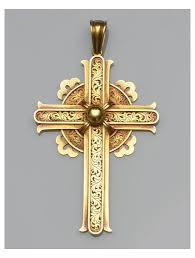
Queen Victoria showed immense bravery during this time and a ‘cross’ called the Queen Victoria cross was introduced in her honor and to mark her bravery. She took a keen interest in taking care of the soldiers and making sure they receive good treatment. She personally awarded these soldiers with the Victoria crosses at Hyde Park in 1857.
The Death of Prince Albert
In the year 1859, Albert was diagnosed with stomach cramps and fell seriously ill. After 2 years, Victoria lost her mother and was not in a good position to handle the monarchy. In this case, the Albert took on all the responsibilities until Victoria felt better in spite of his serious stomach issue.
He was given the heavy responsibility of presiding over the openings of the Royal Horticultural Gardens on 5th June 1861. During these weeks, he experienced pains in his back and leg as well.
Albert was again seriously ill during the Trent Affair issue – an upcoming war between the UK and the USA but yet intervened in the situation and came up with a diplomatic solution.
On the 9th of December, he was diagnosed with typhoid fever and passed away 5 days later, that is, on the 14th od December, 1861 at the Windsor Castle.
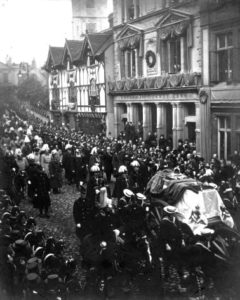
Having lost not just a husband, but a companion, friend, guide, and partner the Queen was in extreme grief and trauma. Queen Victoria never actually recovered from his death and went into an intensive state of mourning for the rest of her life. She wore black everywhere; in public and at home.
Alberts room was kept as it is, with linen towels brought in every day. Victoria became secluded from public life and dedicated the rest of her life in building Albert’s memorial. Not only her, but many other people raised public monuments in the memory of Prince Albert Consort.
Albert is remembered to have introduced to the monarchy principles in terms of basic life, politics, art that are above royalty. He has set an example of a thorough consort who was equally involved in his family life and the monarchy as well.
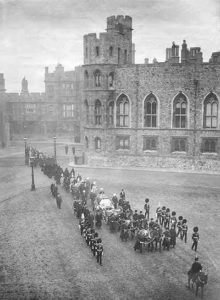
His remains were taken to the Royal Vault in the Windsor Castle before the Mausoleum Frogmore.
Queen Victoria’s return
Queen Victoria remained unseen by the public for a number of days after the death of her beloved husband Prince Albert Consort. She was secluded from public life only so she could mourn and along with that be a part of the family that she and Albert created. Her eldest son, Prince Edward was also diagnosed with typhoid a few years after the passing of his father with the same disease.
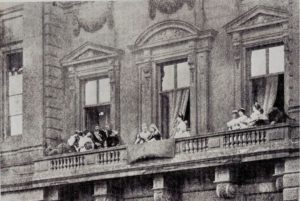
This put Queen Victoria in turmoil and depression and she was constantly taking care of him. Prince Edward was the heir to the throne after her and she wanted to introduce him to the public life of the monarchy. When Edward recovered she gave a push to the public display with a large event like the thanksgiving service and appeared with her son at the balcony in the Buckingham Palace. That’s when she reconnected with the public and marked her entry into public life once more.
The Empress of India
The Queen accepted the grand title of being the Empress of India in the year 1876 when the British had established colonies in India for the purpose of trade and merchandise. On the advice of her 7th Prime Minister, she took this big step of tying the Empire with the monarchy.
During this time, Britain was at its most powerful and also one of the wealthiest countries in the world.
She was fascinated by India and hired herself a trainer to teach her Urdu. Even though she ruled India, she hardly made any visits. Although she was highly honored all the times she went.
The Grand Golden Jubilee Celebrations
Queen Victoria completed 50 glorious years of her reign in the year 1887 with a rollercoaster of ups and downs yet a high degree of professionalism and all-time love by the people she served.
She was known to have been loved and appreciated by her people and famous chants of ‘Long Live the Queen’ have been heard for her more than for anyone else. Her Jubilee celebrations were not just for her but also marked a powerful place for Britain in the world. Queen Victoria hosted a large feast that 50 foreign emperors and officials attended.
Along with them were the official heads of the colonies that Great Britain established during her reign.
There were many merchandises sold with her face on mugs and frames, etc to mark this auspicious day.
The Grand Diamond Jubilee Celebrations
The Queen marked another 10 years which culminated into her grand diamond jubilee celebration in the year 1897. The event was so grand that it was considered to be a matter of global celebration. Street Parties were held across London and there was also a release of 19000 prisoners in India.
At the time, she was the longest-reigning monarch of the British History
There were also celebrations in Australia. The Queen was now too immobile as she was aged. However, she attended a procession to the St Pauls Cathedral.
The End of the Victorian Era
In the year 1900, Queen Victoria lost another child – Prince Alfred. She was too old to take the trauma but was depressed. By this time she was 81 years old and had become weak, confused and dizzy. Her eyes had a cataract. She was unwell most of the time. She gave a set of instructions to her son and heir King Edward VII. She died on the 22nd of January, 1901.
She asked for John Browns hair to be kept in her hand in her coffin. She also asked for Prince Alberts plaster cast hand and a military dress of him placed next to her. She also asked for Abdul Karim to be one of the principal mourners at the funeral and stay close to her coffin throughout the funeral.
During her lifetime, she recorded everything that happened in either her personal journal or in letters. She was an appreciator of artwork. It was the Victorian Era that saw a rapid boost in the field of art and literature.
The Victorian subjects are known to have had the luxurious life of London along with other colonies where she reigned. There have been many ups and downs during her reign but nothing got Queen Victoria to stop.
She was a sovereign who put her duties and responsibilities towards the people above everything.